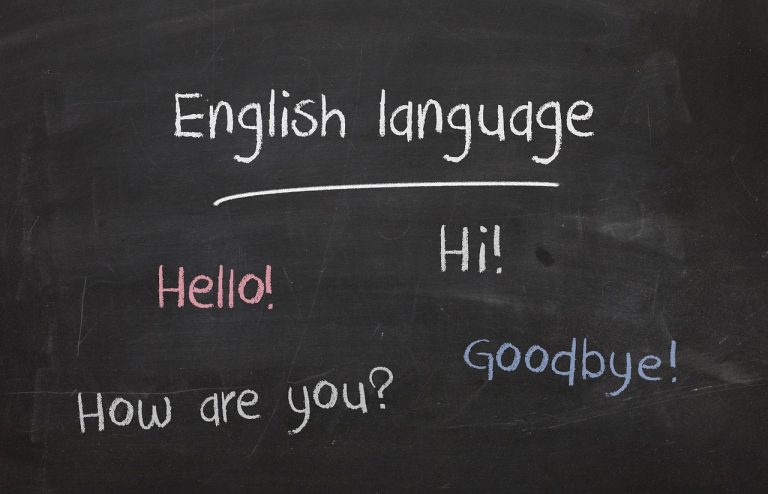In the age of technology, learning a new language has never been easier. Whether you’re a beginner or looking to refine your skills, language-learning apps can be a game-changer. These tools provide engaging, accessible, and affordable ways to master grammar and expand your vocabulary. In this guide, we’ll explore the best apps for learning grammar and vocabulary, catering to learners of all levels.
Why Use Apps for Language Learning?
Language learning apps offer numerous benefits that traditional methods may lack. Here’s why they’re so effective:
- Convenience: Learn anytime, anywhere using your smartphone or tablet.
- Customization: Tailor lessons to your specific needs and skill level.
- Gamification: Make learning fun with interactive quizzes, rewards, and progress tracking.
- Affordability: Many apps are free or cost significantly less than traditional courses.
Top Features to Look for in Language Learning Apps
1. Comprehensive Grammar Tools
Look for apps that offer clear explanations, exercises, and examples to solidify your understanding of grammar rules.
2. Vocabulary-Building Activities
A robust app should include features like flashcards, word games, and spaced repetition systems (SRS) to help retain vocabulary.
3. Interactive Exercises
Choose apps that provide speaking, listening, reading, and writing exercises to ensure well-rounded learning.
4. Progress Tracking
Apps with performance metrics can help you monitor your improvement and stay motivated.
Best Apps for Learning Grammar and Vocabulary
1. Duolingo
Overview: Duolingo is one of the most popular language-learning apps, known for its gamified approach. It’s perfect for beginners and offers lessons in over 40 languages.
Features:
- Bite-sized lessons focusing on vocabulary and grammar.
- Interactive exercises for reading, writing, speaking, and listening.
- Streak tracking to keep you motivated.
Best For:
- Beginners who want a fun and engaging introduction to a new language.
2. Babbel
Overview: Babbel is designed for serious learners who want to focus on conversational skills and grammar. Its structured lessons are created by language experts.
Features:
- Grammar-focused lessons integrated with vocabulary practice.
- Real-life dialogues to improve conversational skills.
- Progress tracking and personalized review sessions.
Best For:
- Learners who want a comprehensive approach to grammar and vocabulary.
3. Memrise
Overview: Memrise uses engaging videos and interactive activities to teach vocabulary and grammar. It’s particularly effective for learners who enjoy visual and auditory aids.
Features:
- Native speaker videos for authentic pronunciation and context.
- Spaced repetition for long-term vocabulary retention.
- Fun games and quizzes to test your knowledge.
Best For:
- Visual and auditory learners looking to enhance vocabulary.
4. Rosetta Stone
Overview: Rosetta Stone offers an immersive approach to language learning, focusing on natural acquisition through context and repetition.
Features:
- Grammar and vocabulary taught through real-world scenarios.
- Speech recognition technology to perfect pronunciation.
- Adaptive learning paths based on your progress.
Best For:
- Intermediate learners seeking a deeper understanding of grammar and vocabulary.
5. Anki
Overview: Anki is a powerful flashcard app that uses spaced repetition to help you memorize vocabulary and grammar rules effectively.
Features:
- Customizable flashcards for personalized learning.
- Supports images, audio, and text for multi-sensory input.
- Tracks progress and adjusts repetition intervals based on your performance.
Best For:
- Learners who want to focus heavily on memorization.
6. Busuu
Overview: Busuu combines language learning with community interaction, allowing users to practice with native speakers.
Features:
- Grammar lessons integrated into vocabulary practice.
- Feedback from native speakers on your writing and speaking.
- Offline mode for learning without an internet connection.
Best For:
- Learners who value interaction with native speakers.
7. HelloTalk
Overview: HelloTalk connects language learners with native speakers around the world for real-time practice.
Features:
- Text, voice, and video chat options.
- Translation tools to aid communication.
- Community-based grammar and vocabulary corrections.
Best For:
- Learners looking to improve conversational skills and grammar through real-world practice.
Tips for Maximizing Your Learning with Apps
1. Set a Schedule
Dedicate a specific time each day to using your language-learning app. Consistency is key to making progress.
2. Combine Apps
Use multiple apps to address different aspects of language learning, such as grammar, vocabulary, and pronunciation.
3. Practice Daily
Short, daily sessions are more effective than occasional marathon sessions. Aim for 15-30 minutes of focused practice.
4. Engage with Native Speakers
Pair app-based learning with real-life practice by joining language exchange platforms or speaking with native speakers.
5. Review Regularly
Use built-in review tools or spaced repetition systems to reinforce what you’ve learned and prevent forgetting.
Common Mistakes to Avoid When Using Language Apps
1. Relying Solely on Apps
While apps are a fantastic resource, they should complement other learning methods, such as textbooks, classes, and immersive experiences.
2. Skipping Grammar
Focusing only on vocabulary without understanding grammar can lead to gaps in your knowledge.
3. Neglecting Speaking Practice
Many learners shy away from speaking due to fear of mistakes. Use apps with speaking exercises to build confidence.
Final Thoughts
Language-learning apps are a versatile and powerful tool for mastering grammar and vocabulary. By choosing the right apps and integrating them into your daily routine, you can accelerate your progress and achieve fluency faster than ever.
Start exploring these apps today, and discover how they can transform your language-learning journey. With dedication and the right resources, the path to fluency is just a tap away!
